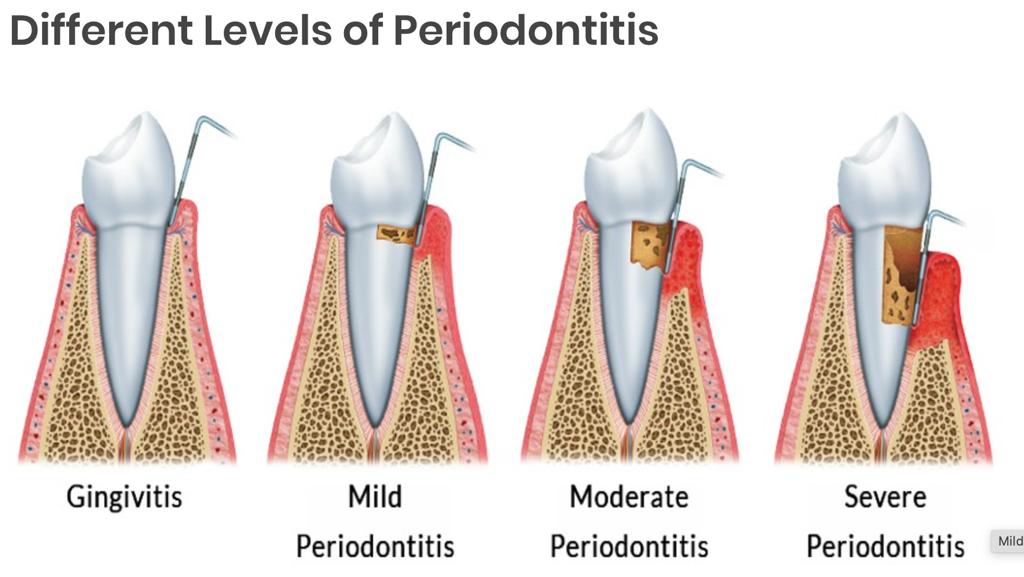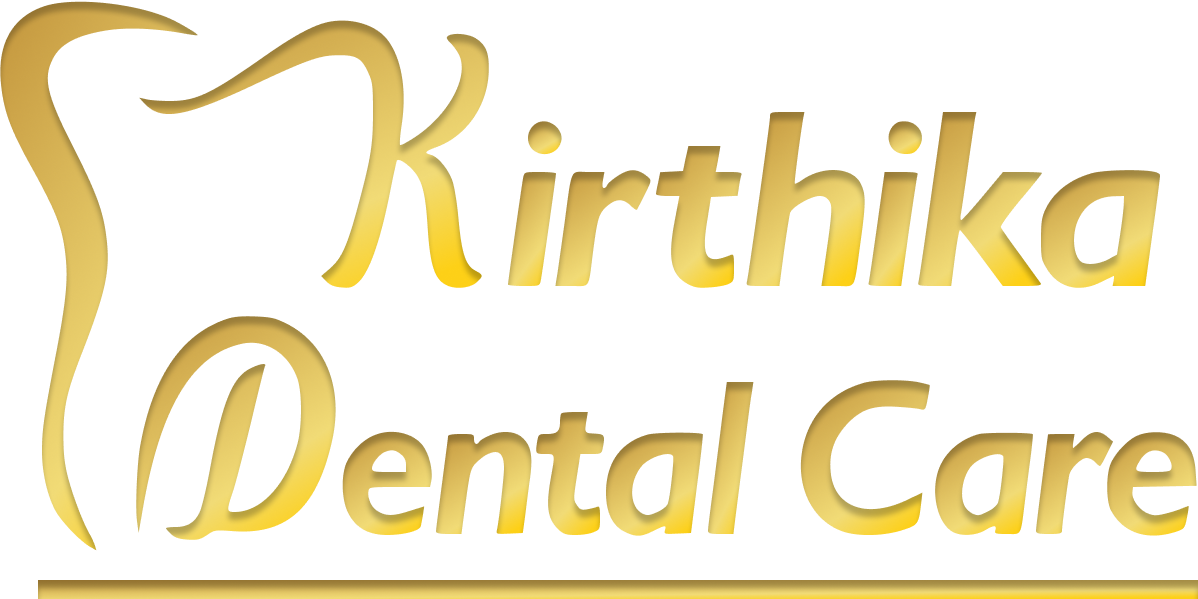
Introduction
Periodontics is a specialized field of dentistry that focuses on the prevention, diagnosis, and treatment of diseases that affect the gums and supporting structures of the teeth.
Why would you see a periodontist?
What exactly does a periodontist do?
A periodontist treats oral health issues that affect your periodontium (the tissues around your teeth). This includes your:
- Gingiva: Your gums.
- Periodontal ligament: A group of connective tissue fibers that attach your teeth to your jawbone.
- Cementum: A hard layer of calcified tissue that covers your teeth roots.
- Alveolar bone: The part of your jawbone that has tooth sockets.

What steps are followed in periodontics treatment?
Nonsurgical treatments
If periodontitis isn't advanced, treatment may involve less invasive procedures, including:
- Scaling: Scaling removes tartar and bacteria from your tooth surfaces and below your gumline. It may be done using instruments, a laser or an ultrasonic device.
- Root planing: Root planing smooths the root surfaces. This helps prevent further buildup of tartar and bacteria. It also helps your gums attach to your teeth again.
- Antibiotics: Topical or oral antibiotics can help control bacterial infection. Topical antibiotics can include antibiotic mouth rinses or putting gel containing an antibiotic into gum pockets. Sometimes oral antibiotics are needed to get of bacteria that cause infections.
Surgical treatments
If you have advanced periodontitis, you may need dental surgery, such as:
- Flap surgery, also called pocket reduction surgery:Your periodontist makes cuts in your gums to carefully fold back the tissue. This exposes the tooth roots for more effective scaling and root planing. Because periodontitis often causes bone loss, the underlying bone may be reshaped before the gum tissue is stitched back in place. After you heal, it's easier to clean the areas around your teeth and maintain healthy gum tissue.
- Soft tissue grafts: When you lose gum tissue, your gumline gets lower, exposing some of your tooth roots. You may need to have some of the damaged tissue reinforced. This is usually done by removing a small amount of tissue from the roof of your mouth or using tissue from another donor source and attaching it to the affected site. This can help reduce further gum loss, cover exposed roots and give your teeth a better appearance.
- Bone grafting: This procedure is performed when periodontitis destroys the bone around your tooth root. The graft may be made from small bits of your own bone, or the bone may be made of artificial material or donated. The bone graft helps prevent tooth loss by holding your tooth in place. It also serves as a platform for the regrowth of natural bone.
- Guided tissue regeneration: This allows the regrowth of bone that was destroyed by bacteria. In one approach, your dentist places a special type of fabric between existing bone and your tooth. The material prevents unwanted tissue from growing into the healing area, allowing bone to grow back instead.
- Tissue-stimulating proteins: Another approach involves applying a special gel to a diseased tooth root. This gel contains the same proteins found in developing tooth enamel and stimulates the growth of healthy bone and tissue.
What are the advantages of periodontics?
There are many advantages to choosing periodontal therapy, your health and wellness being the most important. However, there are other benefits to consider:
- A healthy, beautiful smile - Your gums play an imperative role in the health and appearance of your teeth.
- Fresher breath - a common symptom of periodontal disease is halitosis, or bad breath, due to the plaque and bacteria that can build up along inadequately cared for gum lines
- Removing tartar - Tartar is a hard deposit that can build up above and below your gum lines when they aren’t properly cared for and if not treated can lead to serious gum disease.
- Early detection - A visit with your trusted provider of periodontal therapy in kirthika Dental Care, We can help determine if you have other oral health issues, and if caught early will likely require less serious treatment.
Copyright © Kirthika Dental Care Is Proudly Owned by Macincode
